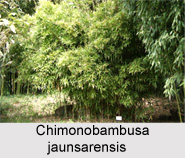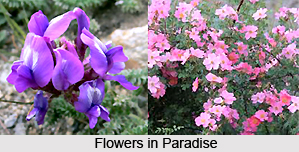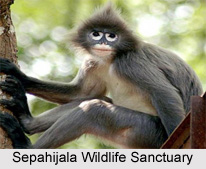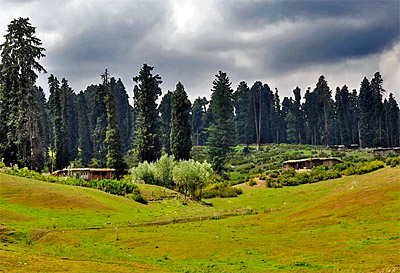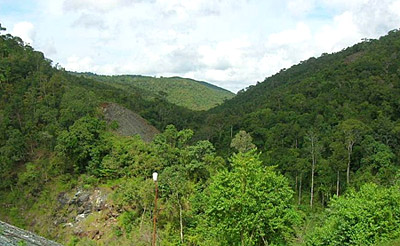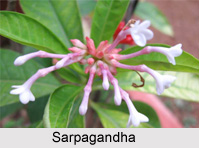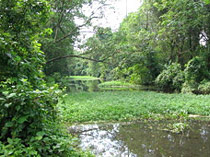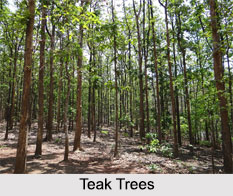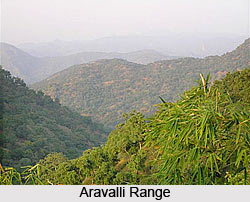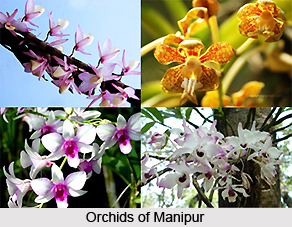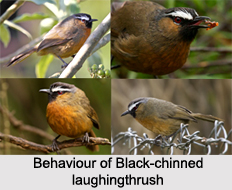 Black-Chinned Laughingthrush is an Indian bird that bears a scientific name "Trochalopteron cachinnans" concentrated in the hilly regions of India.
Black-Chinned Laughingthrush is an Indian bird that bears a scientific name "Trochalopteron cachinnans" concentrated in the hilly regions of India.
Concentration of Black-Chinned Laughingthrush
Black-Chinned Laughingthrush is a species of Laughingthrush endemic to the high elevation areas of the Nilgiri Mountain Range and adjoining hill ranges in India.
Structure of Black-Chinned Laughingthrush
Black-Chinned Laughingthrush has the rufous under parts. The olive brown upperparts, a prominent white eyebrow and a black throat make it unmistakable. It is easily detected by its loud series of nasal call notes and can be hard to spot when it is hidden away inside a patch of dense vegetation. The species has a confusing taxonomic history, leading to a range of names. There are two subspecies, the nominate form in the Nilgiri Mountain Range (earlier called the Nilgiri laughingthrush or rufous-breasted laughingthrush) and jerdoni (earlier called the Banasore laughingthrush) with a grey upper breast and found in the Brahmagiris of Coorg , Karnataka and Banasura range of Wayanad District.
Feeding of Black-chinned Laughingthrush
Black-Chinned Laughingthrush is omnivorous, feeding on a range of insects, berries and nectar. In the past the Grey-Breasted form Jerdoni was included with forms found south of the Palghat Gap, which are now separated as the Kerala Laughingthrush.
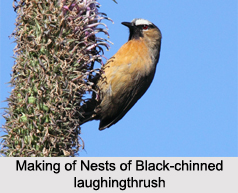 Description of Black-Chinned Laughingthrush
Description of Black-Chinned Laughingthrush
The species was described by Jerdon in 1839. In 1872 he noted further that the form Trochalopteron jerdoni that he had discovered on the peak of Banasore in Wynaad would likely also occur in Coorg. He added that despite being only about 50 to 60 miles from the western edge of the Nilgiris that they were separated by lower hills. The species jerdoni included fairbanki and meridionale (both from south of the Palghat Gap) while cachinnans was kept separate. This treatment of jerdoni and cachinnans as species continued until 2005 when Rasmussen and Anderton grouped the Black-Chinned forms north of the Palghat Gap into one species with Jerdoni of Coorg-Wynaad treated as a subspecies of cachinnans.
Size of Black-Chinned Laughingthrush
Black-Chinned Laughingthrush is about 24 cm long with a rufous underside and a dark olive grey upper body. The crown is slaty brown and there is a jagged and broad white supercilium margined with black. The throat, lores and a streak behind the eye are black. The tail is olive brown. The iris is reddish brown and the legs and bill are black. The upper breast is grey in the subspecies jerdoni and can appear somewhat like fairbanki although the throat of the latter is grey and the two do not overlap in range. It is unmistakable in plumage although at a quick glance it can be mistaken for an Indian scimitar babbler.
Habitat of Black-Chinned Laughingthrush
Black-Chinned Laughingthrush is found in dense forest patches on the Nilgiri and Wayanad ranges above 1,200 metres (3,900 ft) above sea level. It forages along the forest edge singly or in small groups low in the trees and sometimes on the ground. They are active in the early morning and late afternoon and are extremely vocal.
Nests of Black-Chinned Laughingthrush
Black-Chinned Laughingthrush nests from February to the beginning of June. The nest is a cup placed low (1-2 m above the ground) in a clump of dense undergrowth, often close to a stream or marsh in the edge of a shola. The male as well as the female build the nest. The inside of the cup nest is lined with hair and fine material and nearly 50% of the nest weight is made up of mosses. The eggs are laid within a few days of completing the nest construction, which can take from 5 to 18 days (average of 13 days). Nests built later in the season tend to be constructed more rapidly. The clutch consists of 2 greenish blue eggs with brown blotches and streaks. The adults tear up and destroy the nest after the young birds fledge or if the nest is predated.
Eggs of Black-Chinned Laughingthrush
The eggs of Black-Chinned Laughingthrush are about 0.92 to 1.08 inches long and 0.74 to 0.8 inches (1.9 to 2.0 cm) wide. Incubation begins after the second egg is laid and both parents take turns until the chick hatches on the 16th or 17th day. If one of the eggs fails to hatch, the egg is left alone and not removed as in some bird species. The young are fed with insects during their early stages and berries such as Rubus at a later stage. The faecal sacs produced by the young are swallowed by the parents. The young fledge after 15-18 days but continue to remain nearby for about three weeks. Predators of the eggs and young include the Indian jungle crow and the greater coucal.
